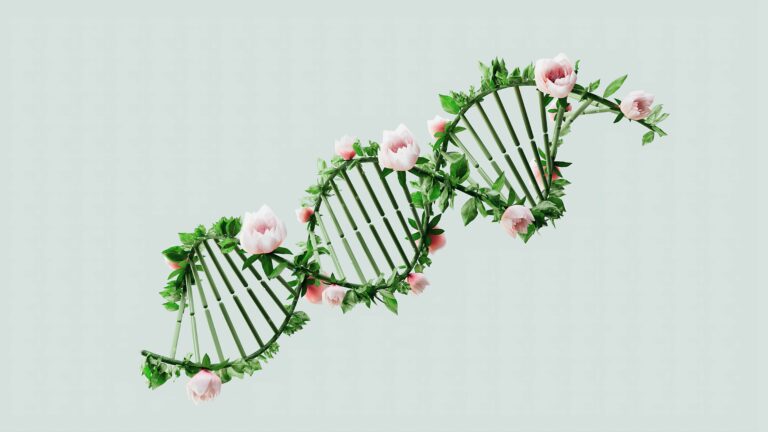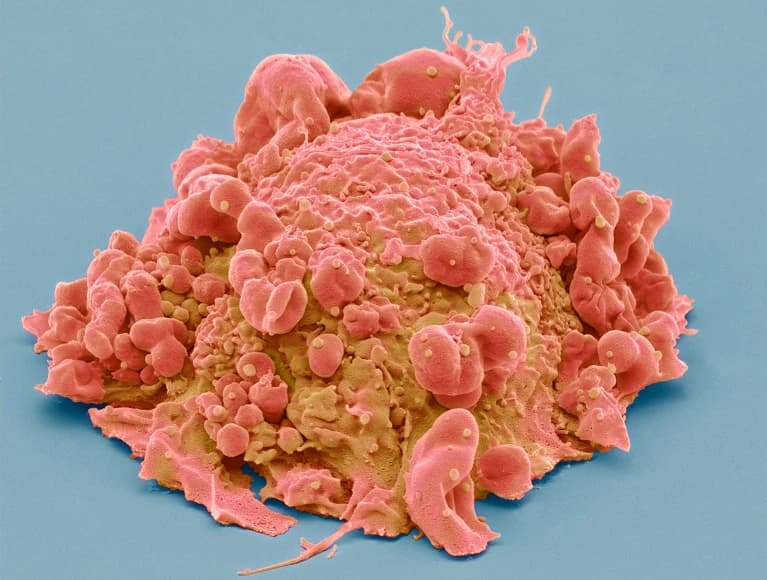We are One Step Closer to Stop Aging
Researchers at the Mayo Clinic in Rochester, Minnesota, have identified specific proteins in the bloodstream that are linked to age-related cellular decline. As animals age, an increasing number of their cells enter a state called senescence, where they stop dividing. These senescent cells produce proteins that contribute to age-related damage in various organs. Chase Carver and his team sought to identify molecules that could serve as biomarkers for age-related senescence, detectable through a simple blood test. Theses results have recently been published in Nature.
The team analyzed blood samples from both young and old mice, identifying proteins that were more abundant in the blood of older mice. These proteins were associated with higher levels of senescence-related gene activity in organs like the kidney and liver, as well as in senescent cells themselves. When the mice were treated with drugs designed to reduce the number of senescent cells, the levels of these blood proteins decreased.
Additionally, the researchers examined a subset of human blood samples and found that the same proteins were elevated in older individuals. This suggests that these proteins could serve as potential biomarkers for age-related cellular decline in humans, paving the way for simple blood tests to assess cellular aging.
Understanding these biomarkers is crucial for developing interventions to mitigate age-related diseases. For instance, targeting the senescence-associated secretory phenotype (SASP), which involves the secretion of pro-inflammatory factors by senescent cells, has been proposed as a therapeutic strategy. Senolytic drugs, designed to selectively eliminate senescent cells, are under investigation for their potential to improve healthspan and delay aging-related diseases.
Furthermore, recent studies have explored the role of specific proteins in aging. For example, CD38, an enzyme involved in NAD+ metabolism, has been linked to age-related decline. Inhibition of CD38 has shown promise in preventing age-related NAD+ decline in mice.
These findings underscore the importance of identifying and understanding biomarkers of aging, as they hold the potential to inform the development of therapies aimed at extending healthy lifespan and combating age-related diseases.






